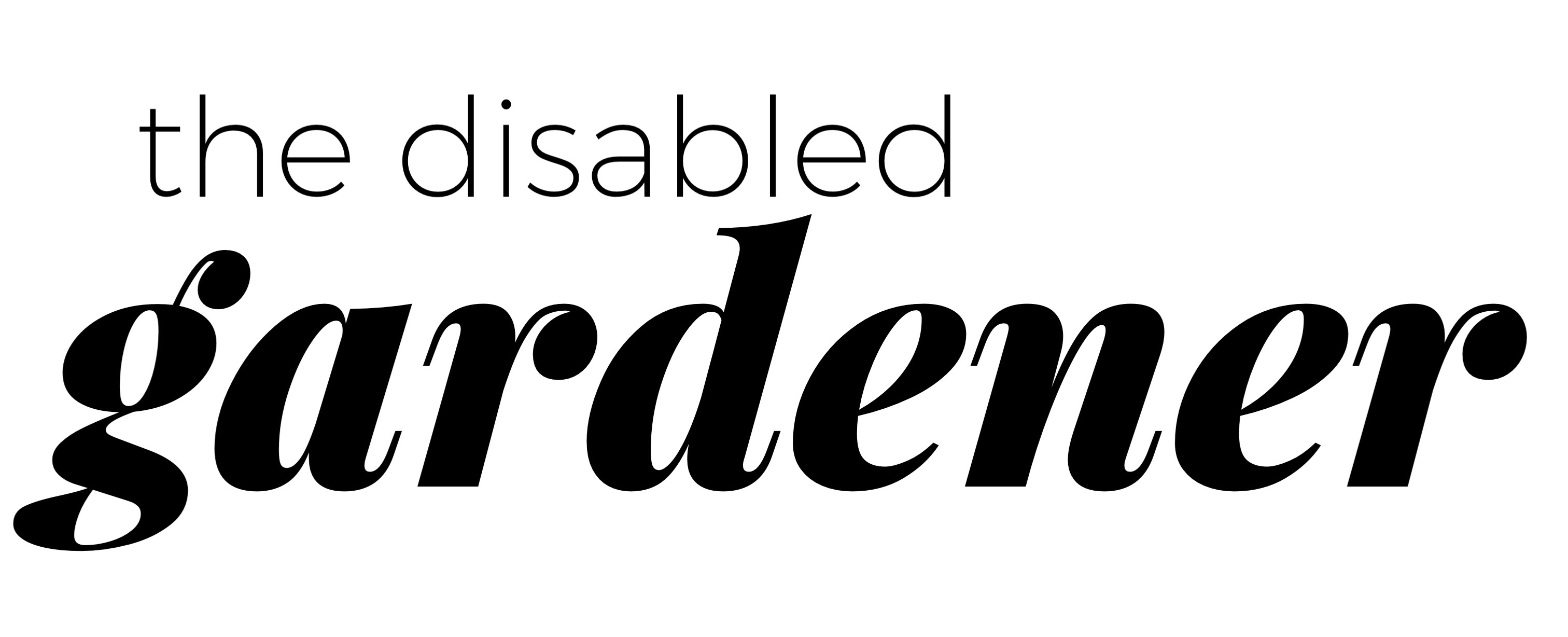I was listening to an episode of my favorite mental health podcaster, Brooke Castillo titled “How Are You Feeling?”
Have you listened to any of Brooke’s podcasts? They are amazing, so much information and personal growth – for free!
She talked about increasing your vocabulary of emotion words. We get into such a habit of answering “How are you feeling” with “fine, good or okay”, etc.
Brooke tells us to re-connect with our emotions and practice naming them. Broaden your emotion vocabulary. “The vocabulary you have for your emotional life will determine the richness of your life”. Learn to decipher between different emotions. Instead of I feel bad, you can say I feel frustrated, perplexed, anxious, etc. Those words add a depth of meaning that bad cannot convey.
This is exactly how not to talk to your doctor about your pain.

Talking to your doctor about pain requires the opposite of emotion. You need to strip the emotion out of your descriptions. Because emotions describe our mental health. When a doctor is trying to diagnose you or determine a path of treatment for you, they need to know the facts of your pain.
And just like Brooke’s idea of increasing your vocabulary of emotion words, we need to increase our vocabulary of pain words.
There is no imaging to show pain, so your doctor relies on your words to show them your pain.
Instead of saying my back hurts, you can say I have a burning sensation, or a searing jolt of pain, or a dull ache. And to pinpoint it further, I have a burning sensation in a 5-inch circle radiating from the lower left of my knee cap. Or, I have a pain originating two inches to the right of my tailbone that intermittently shoots down the center of my right leg and occasionally outside the knee and into the outside of my ankle and foot. This pain varies throughout the day from a 0 intensity to a 7. It happens 2-3 times a week. When it is a 0, I can perform all my daily routine and when it is a 7, I am sitting on the chair with a heating pad.
These are words that describe the circumstance of your pain. You are giving your doctor facts that they can process and use to gain a more accurate diagnosis for what might be causing your pain.
This is not to say that your doctor is not concerned with your mental state. Your emotions about your pain are important too. They describe how pain is affecting your daily routine and how you are coping with it. But sometimes our emotional interpretation of our pain gets in the way of telling the story about what is causing the pain.
So, you might use your rich emotional vocabulary to tell your doctor, “I am frustrated because I have a muscle spasm in my lower back. It happens unexpectedly, one to two times a week and when its spasms, it is a 10 on the pain scale. Whatever I am doing comes to a complete stop until the spasm goes away which can last from just a few seconds at 10 and slowly ebb back to 0. When it happens, it takes me about 45 minutes to recuperate and completely derails my plans for the day. Use one emotional word and then facts to describe why you are feeling that emotion.
Or you might end with a secondary emotion of “I am afraid of being out in public and this happening in an environment that I can’t control”.
You have conveyed two things to your doctor very precisely. That you are feeling frustrated and afraid because of the facts surrounding pain.
Bad, okay, poor, sad, tired… these are all very vague emotional words that don’t have nearly as much meaning as frustrated, anxious, frightened, vulnerable… these are more specific emotion words that convey the reality of your daily life living with this pain.
Rely on a journal, not your memory.
Keeping a pain journal helps you learn to fine-tune your pain language. If the pain is not occurring at the time of your appointment, it is better to rely on your journal to describe the pain than your memory. The more accurately you describe your pain, the better a course of action can be determined.
And keep a few of those carefully curated, rich emotion words to convey how this pain is affecting your ability to cope.
A pain that happens intermittently at a level of 5, may not seem like anything that needs radical treatment. But if this same pain prevents you from continuing your life how you want to live it, then more aggressive treatment might be in order.
Your doctor’s goal is to find the best solution for you. Help them do this by finding the most precise words to communicate the problem.
The vocabulary you have for your pain will determine the richness of your solution.
Be sure and sign up to receive my free e-book, The Truth of Your Pain and learn more about the pros and cons of keeping a pain journal:

